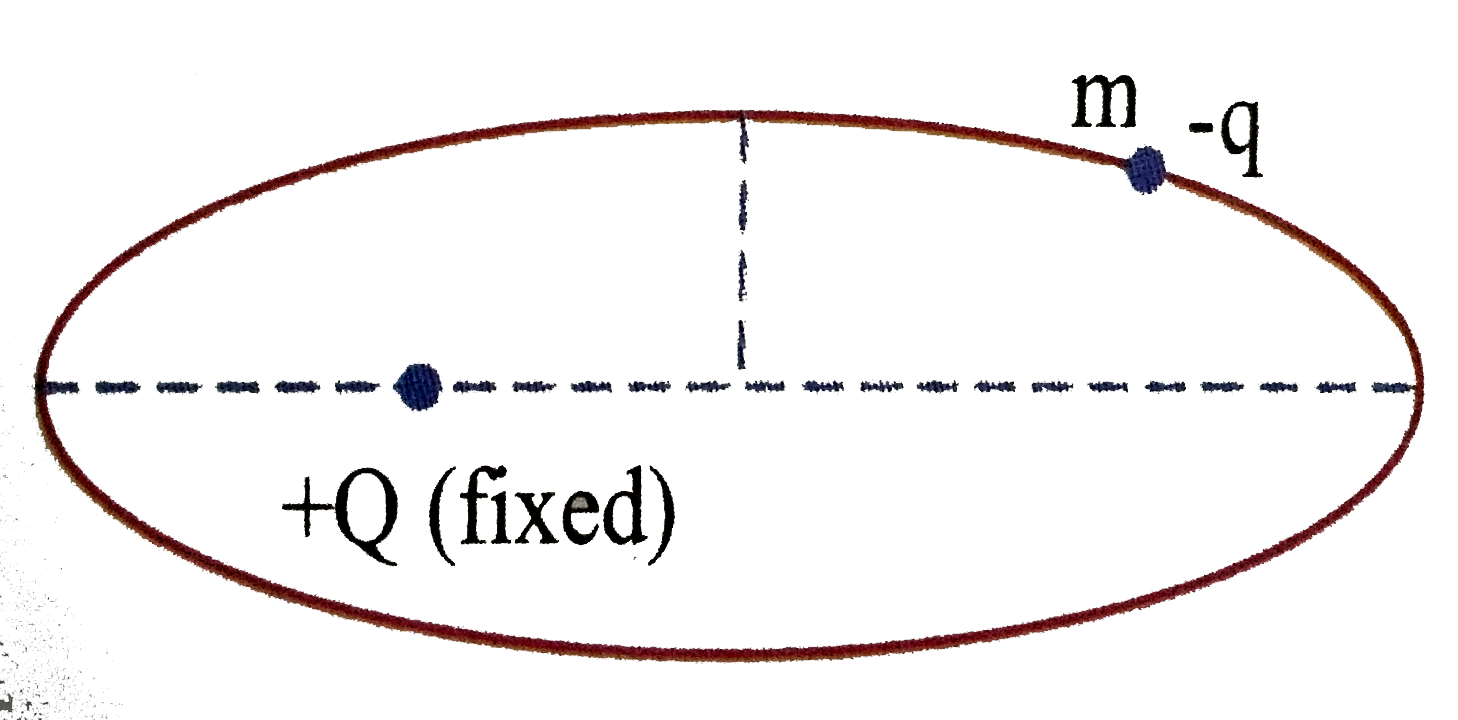The crystal field theory assumes interaction between metal ion and the ligands as a purely electrostatic and ligands are supposed to be point charges.
Q. Which of the following match are incorrect?

The correct Answer is:D
Step by step video & image solution for The crystal field theory assumes interaction between metal ion and the ligands as a purely electrostatic and ligands are supposed to be point charges. Q. Which of the following match are incorrect? by Chemistry experts to help you in doubts & scoring excellent marks in Class 12 exams.
Updated on:21/07/2023Topper's Solved these Questions
- CO-ORDINATION COMPOUNDSBOOK - VK JAISWAL ENGLISHCHAPTER - CO-ORDINATION COMPOUNDSEXERCISE - ONE OR MORE ANSWERS IS/ARE CORRECT
71 Videos
- CO-ORDINATION COMPOUNDSBOOK - VK JAISWAL ENGLISHCHAPTER - CO-ORDINATION COMPOUNDSEXERCISE - MATCH THE COLUMN
36 Videos
- CO-ORDINATION COMPOUNDSBOOK - VK JAISWAL ENGLISHCHAPTER - CO-ORDINATION COMPOUNDSEXERCISE - LEVEL 2
144 Videos
- CHEMICAL BONDING (BASIC)BOOK - VK JAISWAL ENGLISHCHAPTER - CHEMICAL BONDING (BASIC)EXERCISE - SUBJECTIVE PROBLEMS
54 Videos
- d-BLOCK ELEMENTSBOOK - VK JAISWAL ENGLISHCHAPTER - d-BLOCK ELEMENTSEXERCISE - ASSERTION-REASON TYPE QUESTIONS
32 Videos
Similar Questions
The crystal field theory assumes interaction between metal ion and the ligands as a purely electrostatic and ligands are supposed to be point charges.
Q. Which of the following order of CFSE in incorrect?
View SolutionThe crystal field theory assumes interaction between metal ion and the ligands as a purely electrostatic and ligands are supposed to be point charges.
Q. Amongst the following complexes which has square planar geometry?
View SolutionThe crystal field theory assumes interaction between metal ion and the ligands as a purely electrostatic and ligands are supposed to be point charges.
Q. Amongst the following complexes which has square planar geometry?
View SolutionWhich of the following ligands forms chelate with metal ion?
View SolutionOn the basic of stability of complex ion in the solution, complexes may be of two types, perfect and imperfect complexes. The stability depends upon the extent of dissociation which in turn depends upon charge on central metal atom, basic nature of ligand, chelation, and nature of metal ion and ligand according to HSAB principle.
Q> Which one of the following does not follow EAN rule?
View SolutionOn the basic of stability of complex ion in the solution, complexes may be of two types, perfect and imperfect complexes. The stability depends upon the extent of dissociation which in turn depends upon charge on central metal atom, basic nature of ligand, chelation, and nature of metal ion and ligand according to HSAB principle.
Qgt Which one of the following does not follow EAN rule?
View SolutionThe electrostatic field due to a point charge depends on the distance r as 1r2. Indicate which of the following quantities shows same dependence on r.
View SolutionA positive point charge +Q is fixed in space .A negative point charge −q of mass m revolves around a fixed charge in elliptical orbits .The fixed charge +Qis at one focus of the ellipse.The only force acting on negative charge is the electrostatic force due to positive charge is the electrostatic force due to positive charge.Then which of the following statement is true

View SolutionWhich of the following statement is incorrect for ligand - metal complex
View SolutionAccording to C.F.T, attraction between the central metal ion and ligands in a complex is purely electrostatic. The transition metal which forms the central atom cation in the complex is regarded as a positive ion. It is surrounded by negative ligands or neutral molecules which have a lone apir of electrons, if the ligand is a neutral molecule such as NH3, the negative and of the dipole in the molecule is directed towards the metal cation. the electrons on the central metal ion are under repulsive forces from those on the ligands. thus the electrons occupy the d-orbitals remain away from the direction of approach ligands. ltBrgt Q. Correct relationship between pairing energy (P) and C.F.S.E. (Δo) in
View Solution
